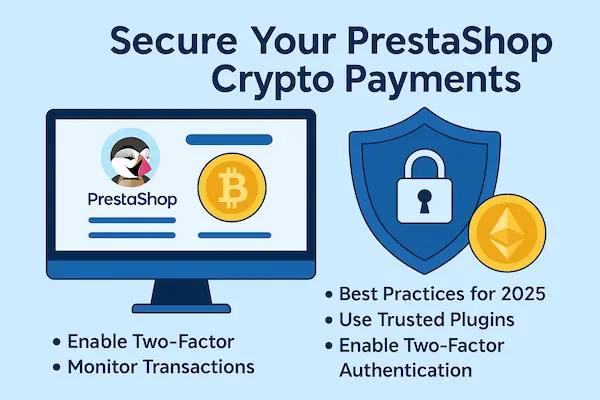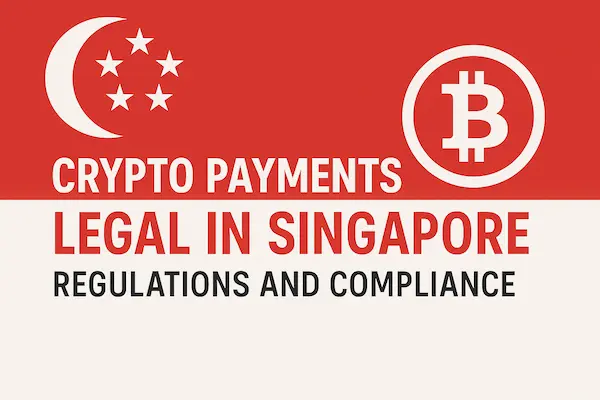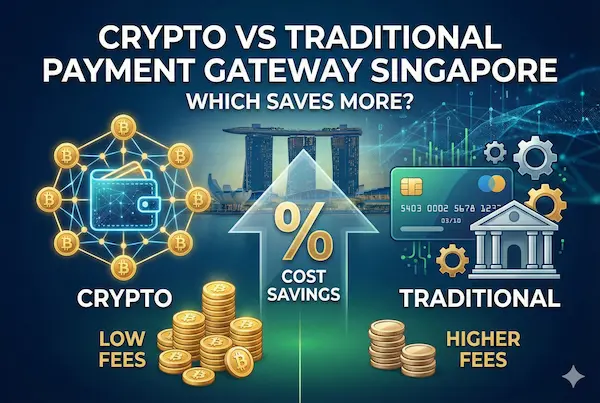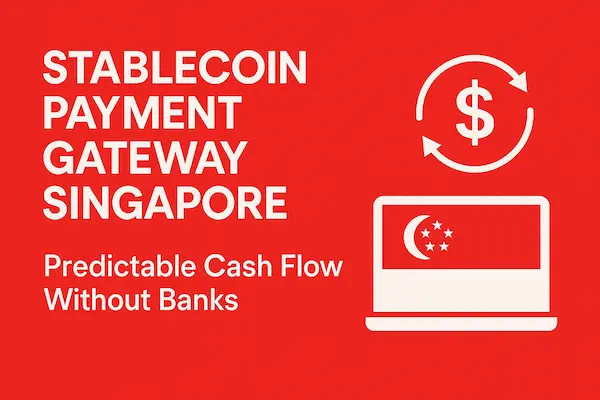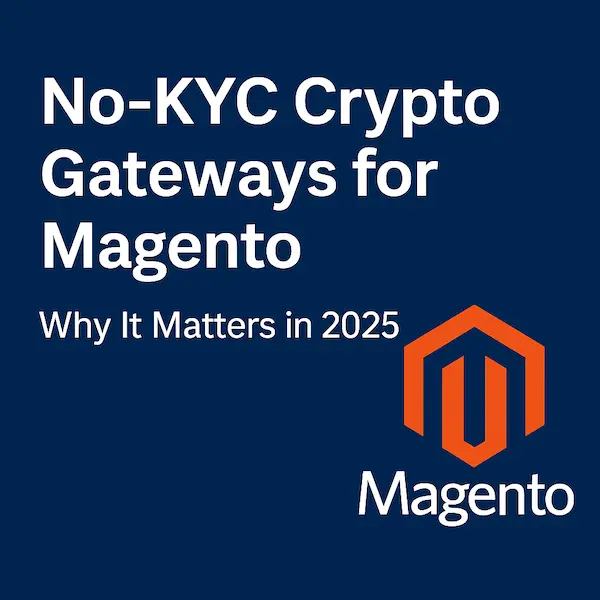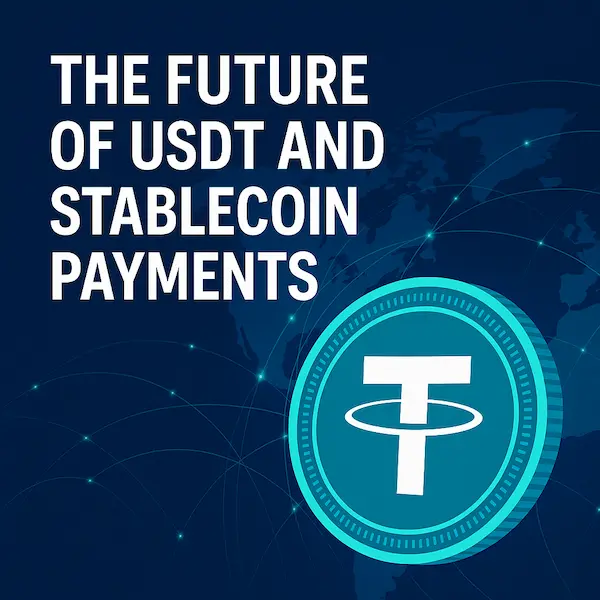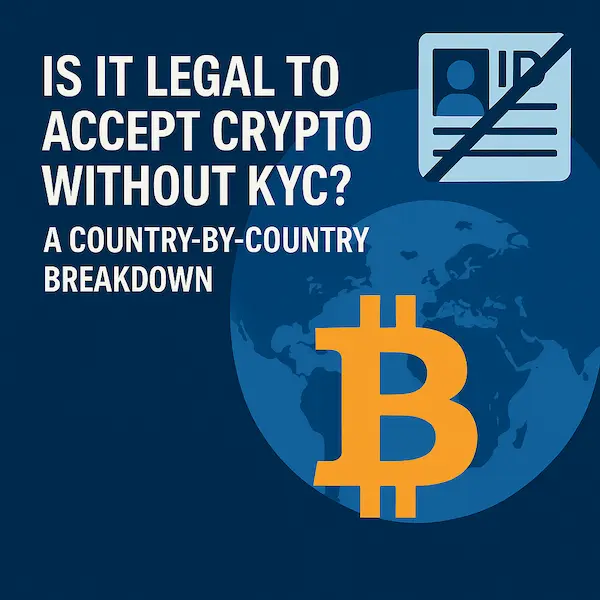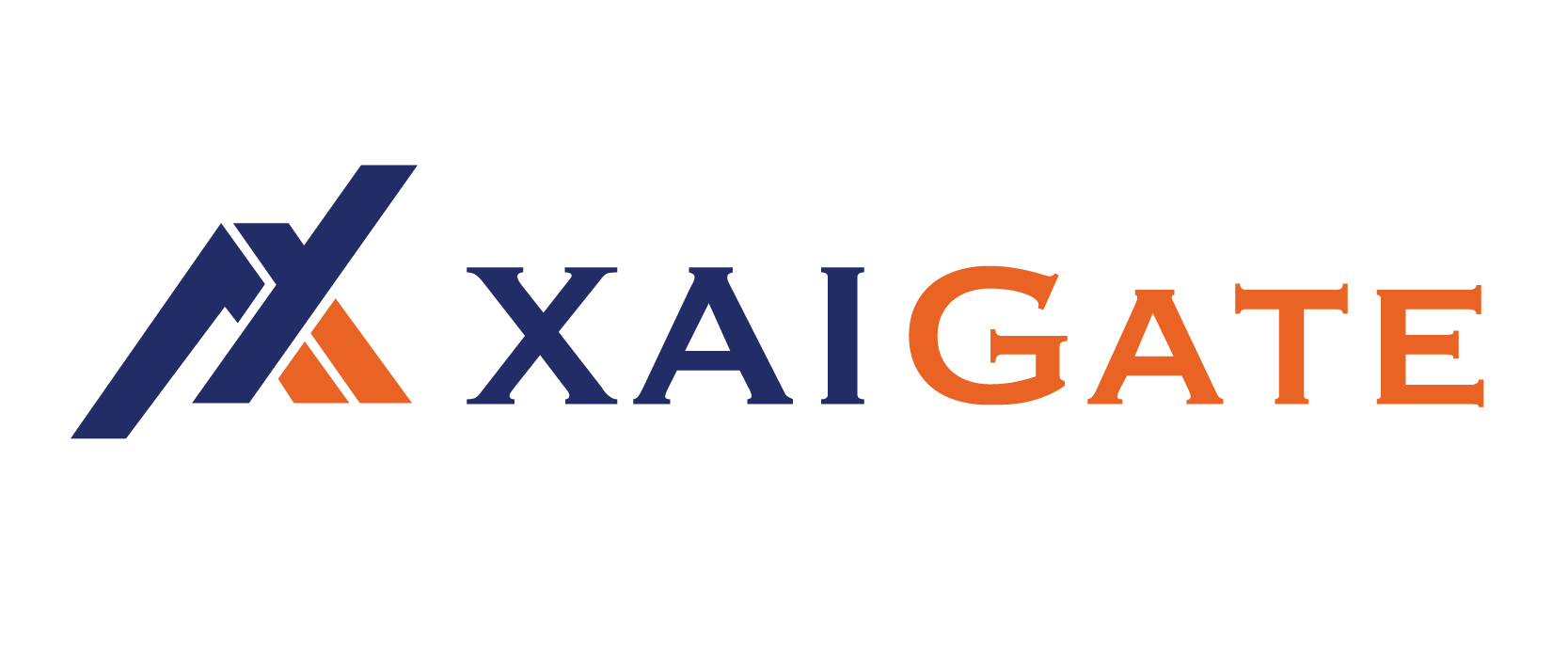E-commerce is no longer limited to credit cards, PayPal, or traditional bank transfers. In 2025, digital currencies are becoming mainstream, with millions of customers choosing to pay using stablecoins such as USDT and USDC. For PrestaShop merchants, adopting crypto payments is not just a trend—it is a way to stay competitive in a global market that values speed, transparency, and lower transaction costs.
Compared to card processors that often charge up to 3%, PrestaShop crypto payments typically cost less than 1%. This saving becomes significant for stores with high sales volumes. Moreover, crypto transactions settle almost instantly, eliminating long waiting periods that often frustrate both sellers and buyers. For merchants targeting international markets, the ability to accept borderless payments without currency conversion is a powerful advantage.
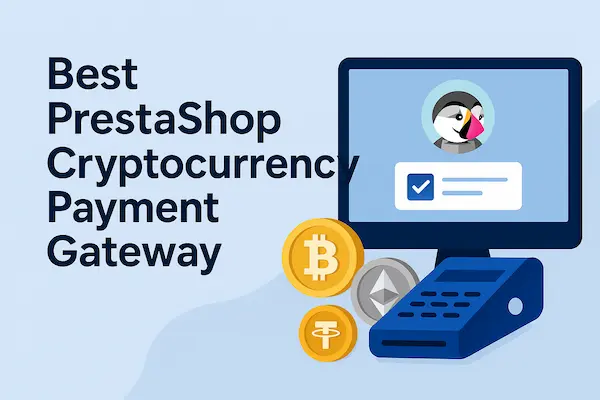
Contents
- 1 1. Why PrestaShop Stores Are Embracing Crypto Payments
- 2 2. Understanding the Security Risks of PrestaShop Crypto Payments
- 3 3. Choosing a Secure PrestaShop Crypto Payment Gateway
- 4 4. Best Practices to Secure PrestaShop Crypto Payments
- 5 5. The Role of Non-Custodial Wallets in PrestaShop Crypto Payments
- 6 6. Advanced Measures for High-Volume PrestaShop Stores
- 7 7. Regulatory Considerations in 2025
- 8 8. Case Studies – PrestaShop Stores Using Crypto Payments
- 9 FAQs – PrestaShop Crypto Payments
- 10 Final Thoughts
1. Why PrestaShop Stores Are Embracing Crypto Payments
For many online merchants, traditional payment methods no longer keep pace with the needs of global commerce. High fees, slow settlements, and barriers in cross-border transactions make it harder for stores to expand. To stay competitive, more PrestaShop merchants are choosing crypto payments as a faster, cheaper, and borderless alternative.
Ecommerce businesses built on PrestaShop are increasingly adopting cryptocurrency payments due to benefits like:
- Lower fees than PayPal or Stripe
- Global access with no currency conversion issues
- Faster settlement and no chargebacks
- Ability to serve privacy-conscious or underbanked users
With PrestaShop crypto payments, businesses can instantly reach customers worldwide who prefer to pay in Bitcoin, Ethereum, or stablecoins like USDT and USDC. Transactions are verified on the blockchain, reducing fraud risks, while fees remain far lower than credit cards or PayPal. Stablecoins also bring predictable settlement values, making them a practical choice for everyday e-commerce.
By embracing crypto, PrestaShop stores signal innovation and build trust with a growing digital audience. As 2025 brings clearer regulations and wider adoption, merchants who accept crypto today are positioning themselves ahead of the curve—ready to capture new markets and maximize profitability.

2. Understanding the Security Risks of PrestaShop Crypto Payments
Adopting digital currencies brings many benefits, but merchants should also be aware of possible challenges. One key risk with PrestaShop crypto payments is wallet security. Using custodial wallets means depending on the gateway’s protection, while non-custodial wallets require more technical skills to manage safely.
Regulatory uncertainty is another issue. Rules for crypto payments differ across countries, and PrestaShop stores must comply with KYC and AML requirements to avoid legal problems.
Before diving into the best practices, it’s essential to understand the threats your store may face:
| Threat Type | Description |
|---|---|
| Hot Wallet Exploits | If your payment gateway holds funds in a hot wallet, it may be vulnerable to hacks. |
| Phishing or Man-in-the-Middle Attacks | Customers may be tricked into sending funds to an attacker’s wallet. |
| Malware Injection | Weak plugins may allow hackers to inject code to redirect funds or steal payment info. |
| API Key Leaks | Improper storage of API keys for crypto payment processors can result in unauthorized access. |
| Regulatory Penalties | If compliance isn’t maintained (even in a no-KYC model), penalties or service suspension could follow. |

3. Choosing a Secure PrestaShop Crypto Payment Gateway
1. Opt for Gateways With Strong Encryption
Make sure the crypto payment gateway you use supports end-to-end encryption (E2EE) and TLS 1.3 to secure data in transit. Whether you’re using XAIGATE or another plugin, encryption must be non-negotiable.
2. Prefer Non-Custodial or Self-Hosted Solutions
With non-custodial payment plugins, you retain control of your private keys and funds are sent directly to your wallet. This reduces risk compared to centralized processors holding funds on your behalf.
Some secure options in 2025 include:
- XAIGATE
- BTCPay Server
- NOWPayments
To explore integration steps, features, and real-time performance benchmarks, visit our official PrestaShop Cryptocurrency Payment Gateway guide for eCommerce professionals.
4. Best Practices to Secure PrestaShop Crypto Payments
1. Use Dedicated Wallets for PrestaShop Transactions
Separate wallets for your eCommerce store and personal holdings help mitigate exposure. Ideally:
- Use hardware wallets (like Ledger or Trezor) for long-term storage.
- Use hot wallets only for small, active balances.
- Automate withdrawals from your store wallet to cold storage.
2. Enable 2FA for All Admin and Gateway Accounts
Use Google Authenticator, Authy, or hardware 2FA devices to secure:
- PrestaShop admin login
- Your crypto gateway account
- Exchange or hot wallet interfaces
This drastically reduces the chance of unauthorized access.
3. Keep PrestaShop and All Plugins Updated
Outdated modules often contain vulnerabilities. Set regular reminders to:
- Update PrestaShop core
- Patch crypto payment plugins
- Remove unused or unsupported modules
Use a staging site to test updates before deploying to live environments.
4. Validate Wallet Addresses on the Client Side
Implement address checksum validation (e.g., Base58Check for BTC) to detect typo errors or malicious redirections when users make payments.
This is particularly important if you’re displaying wallet addresses or QR codes for manual transfers.
5. Use HTTPS and Strong SSL Configuration
Your entire store should be served over HTTPS with an A+ SSL rating. Tools like SSL Labs can help audit your SSL setup.
Avoid outdated ciphers or protocols and enforce HSTS (HTTP Strict Transport Security).
6. Monitor All Crypto Transactions in Real-Time
Use webhook listeners, API integrations, or services like:
- Blockonomics
- Chainalysis KYT (Know Your Transaction)
- XAIGATE’s built-in monitoring
Set up alerts for suspicious patterns, e.g., many failed transactions, duplicate invoice IDs, or mismatched confirmations.
7. Automate Conversion to Stablecoins (Optional)
If you don’t want exposure to market volatility, use gateways that auto-convert BTC/ETH to USDT or USDC. XAIGATE and NOWPayments support this feature and can reduce your financial risk.
This practice is ideal for pricing stability while still accepting a broad range of coins.
5. The Role of Non-Custodial Wallets in PrestaShop Crypto Payments
When accepting cryptocurrency on PrestaShop, one of the most important decisions you’ll make is choosing between a custodial or non-custodial wallet setup. Custodial solutions may be easier to manage, but they introduce a single point of failure—if the provider is compromised, your funds could be lost.
That’s why more merchants in 2025 are shifting toward non-custodial wallets where they control their own private keys. With this model, customers’ payments go directly to your wallet rather than passing through an intermediary, giving you full sovereignty over your earnings. This is particularly crucial for PrestaShop crypto payments that involve high-value orders or recurring payments. Gateways like XAIGATE now offer non-custodial plugin options with secure QR code generation, auto-detection of confirmations, and customizable wallet routing to reduce attack surfaces and improve transaction traceability.
6. Advanced Measures for High-Volume PrestaShop Stores
1. Implement Server-Side Firewalls (WAF)
Use a Web Application Firewall like:
- Cloudflare WAF
- Sucuri
- Astra Security
These detect and block suspicious activity like SQL injections or brute force attempts targeting your PrestaShop store.
2. Conduct Periodic Smart Contract Audits (if applicable)
If you’re accepting payments via smart contracts (e.g., ERC-20 token payments), have a blockchain audit firm review your code.
This is crucial for custom crypto integrations or token-based checkout flows.
3. Use Logging and Auditing Tools
Keep logs of:
- Crypto transactions
- Wallet address changes
- Admin logins
- Plugin installations
Automate log reviews using ELK stack (Elasticsearch, Logstash, Kibana) or SIEM tools.
7. Regulatory Considerations in 2025
Even when operating in no-KYC crypto environments, you must comply with general business laws:
| Region | Key Compliance Notes |
|---|---|
| EU | Watch for MiCA updates. You may need to disclose wallet origin. |
| USA | Crypto sales are taxed; consult a CPA. |
| Singapore | Payments must be reported under MAS guidelines. |
| Vietnam | Crypto is not recognized as legal tender, but use is tolerated for online transactions in gray zones. |
Always post a clear disclaimer and privacy policy about crypto payment risks.
Why PrestaShop Crypto Payments Require a Zero-Trust Security Approach
As the use of cryptocurrency continues to rise in eCommerce, threats are evolving just as fast. Traditional “trust-based” security no longer holds up in decentralized finance environments. That’s why modern merchants implementing PrestaShop crypto payments are turning to zero-trust architecture—a strategy where every request, user, and system is continuously verified.
This means not only securing your payment gateway, but also isolating backend components, verifying wallet interactions, and minimizing plugin permissions. When deploying a crypto payment plugin for PrestaShop, store owners should ensure the plugin doesn’t access customer data it doesn’t need, and every call to the blockchain is validated through an independent source. This layered, skeptical approach makes PrestaShop-based stores significantly more resilient against both external and internal threats.
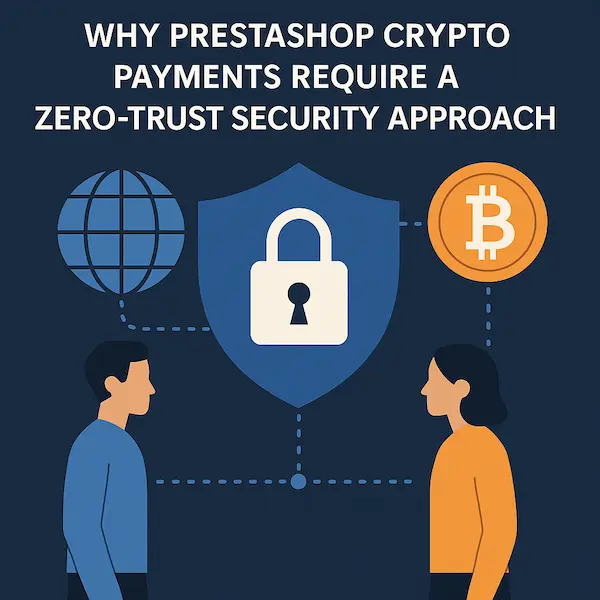
8. Case Studies – PrestaShop Stores Using Crypto Payments
The adoption of PrestaShop crypto payments is not just a theory—it is already transforming how online merchants operate. Real-world businesses in different industries are using crypto to cut costs, reach new markets, and improve customer trust. The following case studies highlight how PrestaShop stores have successfully integrated digital currencies into their checkout systems and the results they achieved.
Case 1: A Fashion Retailer Expanding with Stablecoins
An online fashion brand in Europe integrated PrestaShop crypto payments to reach buyers in Asia and South America. By enabling USDT and USDC at checkout, the store reduced transaction costs by nearly 60% compared to card payments. Stablecoins also removed currency conversion issues, allowing the brand to sell seamlessly across borders. Within six months, the retailer saw a 20% increase in international orders, showing how crypto can accelerate cross-border growth.
Case 2: A Gaming Shop Offering Bitcoin and Ethereum
A digital goods store on PrestaShop added Bitcoin and Ethereum to its payment options. The target audience—gamers and tech enthusiasts—responded quickly, with 15% of all transactions made in crypto during the first quarter. With PrestaShop crypto payments, the shop eliminated chargebacks, a common issue with cards. The result was fewer disputes, faster settlements, and better cash flow, giving the business more stability in a competitive sector.
Case 3: Electronics Retailer Leveraging Auto-Conversion
A large electronics merchant chose a crypto gateway that supports auto-conversion to fiat. Customers could pay in BTC, ETH, or stablecoins, while the store received payouts directly in EUR. This approach allowed the business to enjoy the benefits of crypto payments on PrestaShop without worrying about volatility. The combination of lower fees and automatic fiat settlement helped the store maintain competitive prices and protect margins.
FAQs – PrestaShop Crypto Payments
1. What are PrestaShop crypto payments?
PrestaShop crypto payments allow customers to pay with digital currencies such as Bitcoin, Ethereum, USDT, or USDC directly on your store.
2. How do I enable crypto payments on my PrestaShop store?
You can install a payment module or plugin provided by a crypto gateway, connect your wallet, and activate it in the PrestaShop dashboard.
3. Which cryptocurrencies are supported on PrestaShop?
Most gateways support Bitcoin and Ethereum, while many also include stablecoins like USDT, USDC, and PYUSD.
4. Are PrestaShop crypto payments safe for merchants?
Yes, as long as you use a trusted payment gateway and secure wallet. Stablecoins also reduce risks from market volatility.
5. Do crypto transactions cost less than card payments?
Yes. While cards may charge 2–3%, most PrestaShop crypto payment gateways only charge around 0.5–1%.
6. Can I convert crypto to fiat automatically on PrestaShop?
Many gateways offer auto-conversion features, letting merchants receive payments in local currency if they prefer.
7. Do I need a license to accept crypto payments on PrestaShop?
In most regions, you don’t need a special license, but compliance with KYC/AML regulations may be required.
8. How fast are PrestaShop crypto payments?
Transactions are usually confirmed within seconds or minutes, much faster than traditional bank transfers.
9. What are the risks of using crypto payments on PrestaShop?
The main risks are wallet security, regulatory changes, and coin volatility. These can be reduced with stablecoins and reliable gateways.
10. Which is the best crypto payment gateway for PrestaShop in 2025?
Top options include XaiGate for stablecoins, BitPay for established brands, NOWPayments for wide coin support, and CoinGate for EU merchants.
Final Thoughts
Securing PrestaShop crypto payments in 2025 is no longer optional—it’s a necessity. As cryptocurrency adoption rises, so do the risks associated with unprotected transactions.
Whether you’re a small online shop or a high-volume eCommerce giant, implementing the above best practices ensures you’re not just accepting crypto—you’re doing it safely, legally, and confidently.
Quick Summary: PrestaShop Crypto Payments in 2025
| Factor | Key Insights |
|---|---|
| Main Benefits | Lower transaction fees (0.5–1%), faster settlements, global reach, reduced fraud risks |
| Key Risks | Wallet security, regulatory uncertainty, coin volatility |
| Best Coins | USDT, USDC, PYUSD (stablecoins for predictable settlements) |
| Top Gateways | XaiGate (stablecoins, low fees), BitPay (established brand), NOWPayments (wide coin support), CoinGate (EU focus) |
| Best Use Case | PrestaShop merchants targeting international customers and high-volume sales |
| Future Trend | Rising stablecoin adoption, Web3 integrations, clearer global regulations |
Ready to start?
Explore XAIGATE’s secure PrestaShop integration and protect your store today.
We may also be found on GitHub, and X (@mxaigate)! Follow us!
Don’t miss out on the opportunity to elevate your business with XAIGATE’s Secure PrestaShop Crypto Payments. The three-step process is designed to be user-friendly, making it accessible for all businesess. Embrace this modern payment solution to provide customers with a secure and efficient way to pay. Take the first step towards a competitive edge in the digital realm and unlock the benefits of cryptocurrency payments for online casino today.

